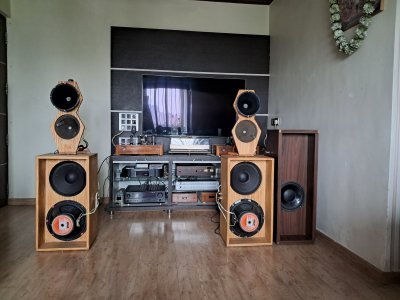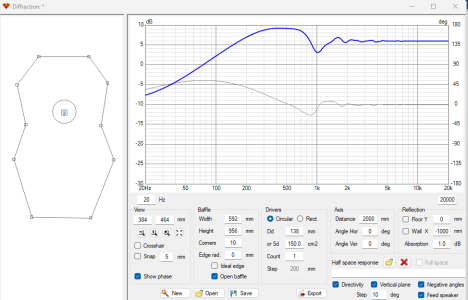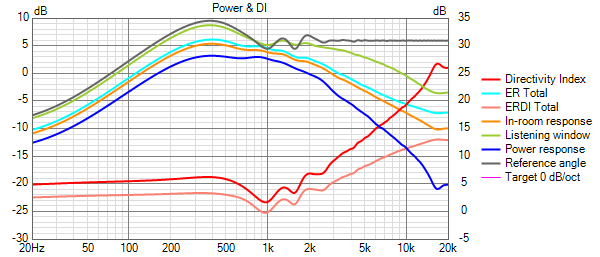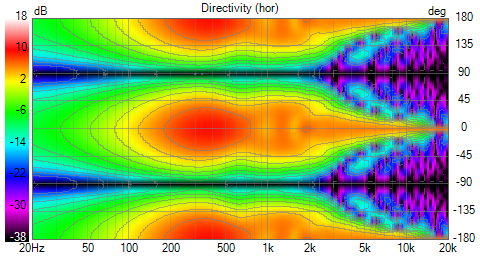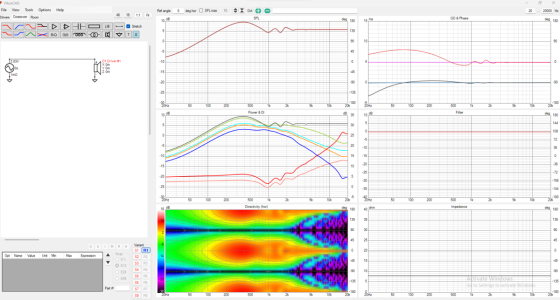Hello @Hari Iyer and @yogibear and FMs
I have acquired:
2 Tangband 1808 Full range drivers
4 SB Audience Bianco 150B350 Open Baffle drivers
1 Greenply 25mm 4'x8' plywood sheet
Essential hardware
Professional carpenter on hand
Should I go for Woofer - Full range - Woofer design (Pure Audio Project)
or Full range - Woofer - Woofer design (Spatial Audio Labs)
With WFW design tweeter level is approx. 24"-26" and with FWW design tweeter level is approx. 46"-48"
I would prefer tweeter at ear level
For crossover I am considering minidsp 2x4HD
Please Advise
Thank you.
I have acquired:
2 Tangband 1808 Full range drivers
4 SB Audience Bianco 150B350 Open Baffle drivers
1 Greenply 25mm 4'x8' plywood sheet
Essential hardware
Professional carpenter on hand
Should I go for Woofer - Full range - Woofer design (Pure Audio Project)
or Full range - Woofer - Woofer design (Spatial Audio Labs)
With WFW design tweeter level is approx. 24"-26" and with FWW design tweeter level is approx. 46"-48"
I would prefer tweeter at ear level
For crossover I am considering minidsp 2x4HD
Please Advise
Thank you.
Attachments
Last edited:



